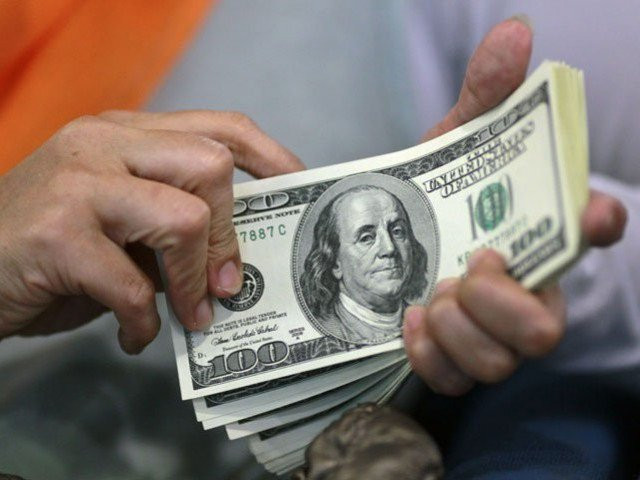Remittances to the rescue
Remittances are a lifeline to low- and middle-income countries and an effective way to alleviate poverty

PHOTO:FILE
According to a recent World Bank blog (by Donna Barne and Florina Pirlea dated July 2, 2019), the money workers send home to their families from abroad has become a critical part of many economies around the world. Officially recorded remittances amounted to a record $529 billion in 2018, and are on track to reach $550 billion in 2019. Today, remittances equal or surpass 25% of GDP in five countries: Tonga, Kyrgyz Republic, Tajikistan, Haiti and Nepal.
More importantly, this money is said to be flowing at about the same levels as foreign direct investment (FDI), according to Migration and Remittances Brief 31, published by the World Bank Group and KNOMAD, the Global Knowledge Partnership on Migration and Development. In other words, if China is excluded from the analysis, remittances have already overtaken FDI as the biggest source of external financing.
“Remittances are on track to become the most important game in town when it comes to financing development,” says Dilip Ratha, lead economist in Macro Economics and Fiscal Management at the Bank and the head of KNOMAD.
Today, they are more than three times larger than official development assistance (ODA), and FDI has been on a downward trend in recent years, notes the brief. “In five years, remittances will likely become larger than development assistance and FDI combined,” says Ratha. “The underlying factors driving remittances will continue to grow,” he added. “We could see remittances reach a trillion dollars in the foreseeable future.”
The underlying factors driving migration and therefore remittances are big global trends that are already apparent. Ratha lists them as:
Income gaps — the average per capita income in a high-income country is $43,000, versus $795 in a low-income country — a ratio of 54-1.
Demographic imbalances — between 2018 and 2030, the working age population will grow to 552 million in low- and middle-income countries. In high income countries, the working-age population will decrease by 40 million people.
Climate change — an estimated 143 million people have already been displaced by climate change within their own countries.
Fragility, conflict and violence — a record 70.8 million people were forcibly displaced in 2018, including 25.9 million refugees seeking refuge in other countries.
Remittances are a lifeline to low- and middle-income countries and an effective way to alleviate poverty because they go directly to families; there is little waste, says Ratha.
But the benefits of remittances are reduced by the generally high cost of sending the money which averages 7% on a money transfer of $200. Banks were the costliest channel for transferring remittances, at 10.9%. In Sub-Saharan Africa, the cost of sending money is higher than the average at 9.3%.
For the five most expensive remittances-sending corridors, the average cost is dramatically higher — 18.7%.
Digital currency or cryptocurrency could expand access to credit and eliminate many fees, argue proponents. New research estimates that international digital remittances will exceed $300 billion globally by 2021, about 44% of total formal international remittances.
Another way to maximise the power of remittances is to encourage migrant workers to invest in their home countries in a more formal way, such as through a diaspora bond. If a 10th of savings of Pakistan’s overseas workers could be mobilised, that could bring in the much-needed additional billions for development finance.
Published in The Express Tribune, July 6th, 2019.
Like Opinion & Editorial on Facebook, follow @ETOpEd on Twitter to receive all updates on all our daily pieces.









1733130350-0/Untitled-design-(76)1733130350-0-208x130.webp)




COMMENTS
Comments are moderated and generally will be posted if they are on-topic and not abusive.
For more information, please see our Comments FAQ